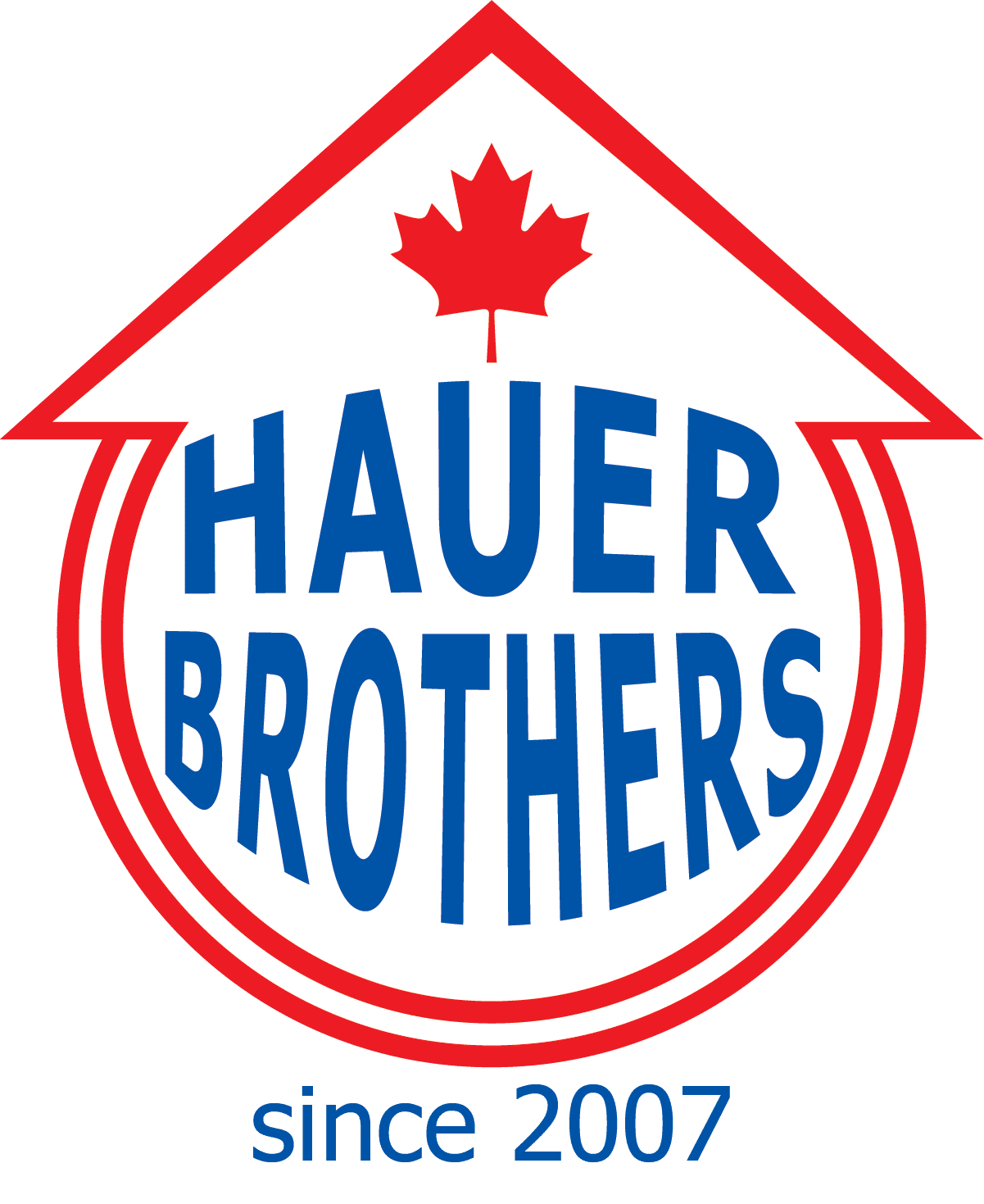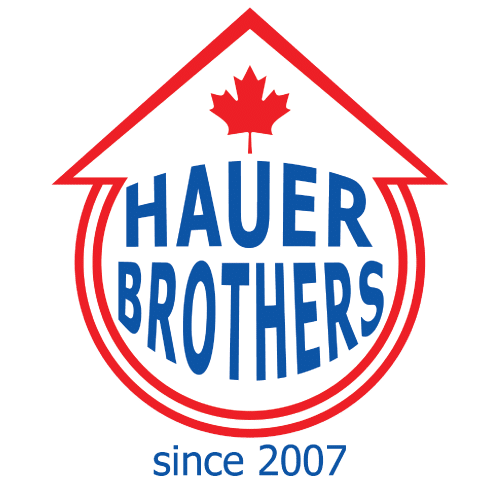Toronto Neighbourhoods: Corktown
Corktown was originally settled by working class immigrants in the early 1800’s. Many of these families came from the County of Cork in Ireland, which explains how this neighbourhood became known as Corktown.
Most Corktown residents found employment at one of the local breweries or brickyards. These families were very poor and could not afford the lofty pew rents at nearby St. James Cathedral.
This
led to the building of their own “Little Trinity Church” in 1843. Little
Trinity Church is still standing today at 417 King Street East. The
Trinity Schoolhouse on Trinity Street, just south of Little Trinity Church was
built in 1848. This was Toronto’s first ‘free school’. Its benefactor was Enoch
Turner, a prominent Corktown brewer, and one of Toronto’s great
philanthropists.

A century and a half later children and adults are still being educated in the Trinity Schoolhouse, which is now run as a museum designed to replicate a mid-nineteenth century classroom.
Corktown contains some of the oldest Victorian row-houses in Toronto. Some of these houses date back to the 1850’s and 1860’s. These former workers’ cottages can be found on the quaint narrow laneways that are discreetly tucked away off Corktown’s main streets.
Corktown
is popular with young professionals, who value this downtown location for its
convenience to Toronto’s business and entertainment districts. Many
of Corktown’s commercial buildings have been converted into live-work
studios, condominium lofts and professional offices, which has given this
neighbourhood an added charm and vitality.

Neighbourhood
landmarks include the historic Little Trinity Church and the Enoch Turner
Schoolhouse. Corktown Common and Underpass Park are newer parks that have won
awards for their design. Underpass Park hosts a popular Farmers’ Market.

